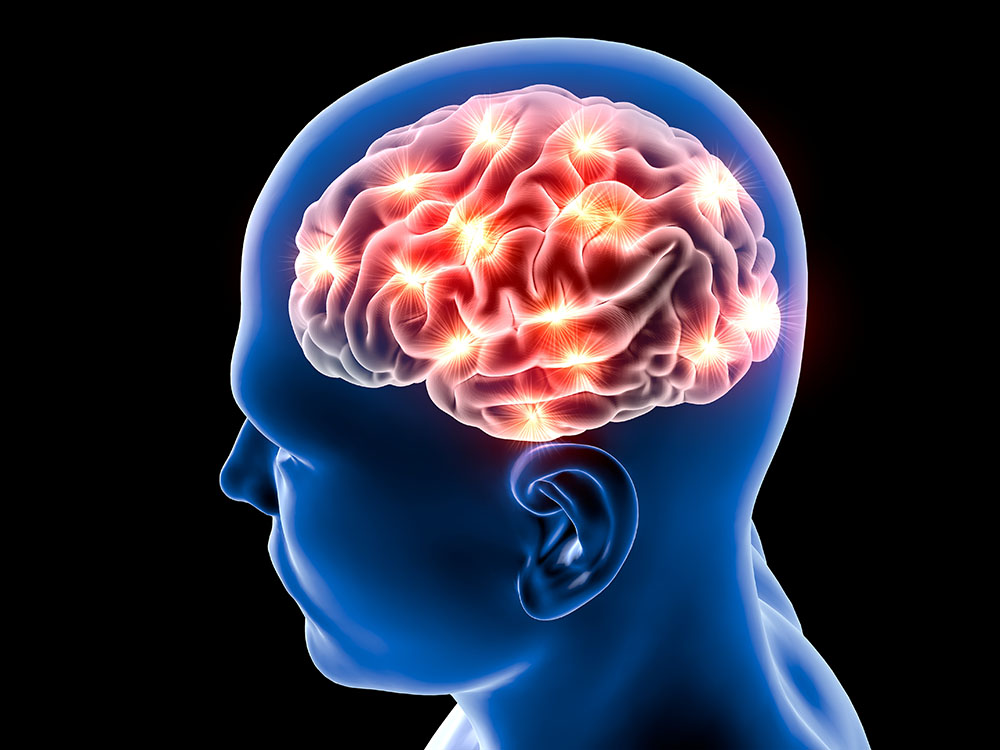
In the ever-evolving landscape of neuroscience, Dr. Philip Sobash stands out as a pioneer, leading a revolutionary charge in our understanding of vision and its neurological underpinnings. His innovative research not only sheds light on the complexities of visual processing but also opens new avenues for treatment and intervention for various visual disorders. Through his work, Dr. Sobash is ushering in a new era of neurological understanding that promises to transform both clinical practices and our fundamental comprehension of how we see the world.
A Deep Dive into Visual Processing
At the core of Dr. Sobash’s research lies a fascination with how the brain processes visual information. Vision is not simply a matter of perceiving light; it is an intricate process involving multiple brain regions that work in concert to interpret and make sense of the images we encounter. Dr. Sobash employs cutting-edge neuroimaging techniques, such as functional magnetic resonance imaging (fMRI) and advanced electrophysiological methods, to explore how different areas of the brain respond to various visual stimuli.
By dissecting the mechanisms of visual perception, Dr. Sobash uncovers the neural pathways involved in tasks ranging from object recognition to spatial awareness. This meticulous exploration allows him to pinpoint where breakdowns occur in individuals with visual impairments, thereby offering critical insights into potential therapeutic interventions.
Transformative Implications for Visual Disorders
Dr. Sobash’s groundbreaking discoveries have profound implications for understanding and treating visual disorders. Conditions like amblyopia, strabismus, and other visual processing issues often stem from complex neurological dysfunctions. By identifying the specific neural circuits involved in these conditions, Dr. Philip Sobash aims to develop targeted treatments that leverage the brain’s inherent plasticity—the ability to adapt and reorganize.
His research advocates for innovative rehabilitation strategies that combine traditional visual therapies with cognitive training. For example, by integrating exercises that enhance visual attention and working memory, patients can potentially improve their overall visual function. This holistic approach not only addresses the symptoms but also targets the underlying cognitive factors that contribute to visual dysfunction.
Bridging the Gap Between Science and Community
Dr. Sobash’s vision extends beyond the laboratory; he is deeply committed to public education and community engagement. Recognizing the importance of disseminating knowledge, he actively participates in outreach programs designed to raise awareness about neurological health and the importance of early intervention for visual disorders.
Through workshops, public lectures, and collaborative initiatives with local health organizations, Dr. Sobash strives to make complex neuroscience accessible to the general public. By fostering a dialogue about the brain’s capabilities and the significance of visual health, he empowers individuals to take proactive steps toward their well-being.
Innovations in Clinical Practice
In clinical settings, Dr. Philip Sobash research is beginning to inform best practices for the diagnosis and treatment of visual disorders. His emphasis on understanding the neural basis of vision allows clinicians to implement evidence-based strategies tailored to individual needs. This personalized approach not only enhances treatment outcomes but also fosters greater patient engagement in their recovery journey.
As he collaborates with ophthalmologists, optometrists, and other healthcare professionals, Dr. Sobash is helping to create a more integrated healthcare model that addresses the multifaceted nature of vision and its related challenges. His insights into the neurological aspects of vision are crucial for developing comprehensive treatment protocols that optimize patient care.
Conclusion
Dr. Philip Sobash’s visionary revolution in the field of neurological understanding is reshaping our approach to vision science and its disorders. Through his groundbreaking research, he is not only advancing the scientific community’s understanding of visual processing but also creating pathways for innovative treatments that can profoundly impact patients’ lives.




